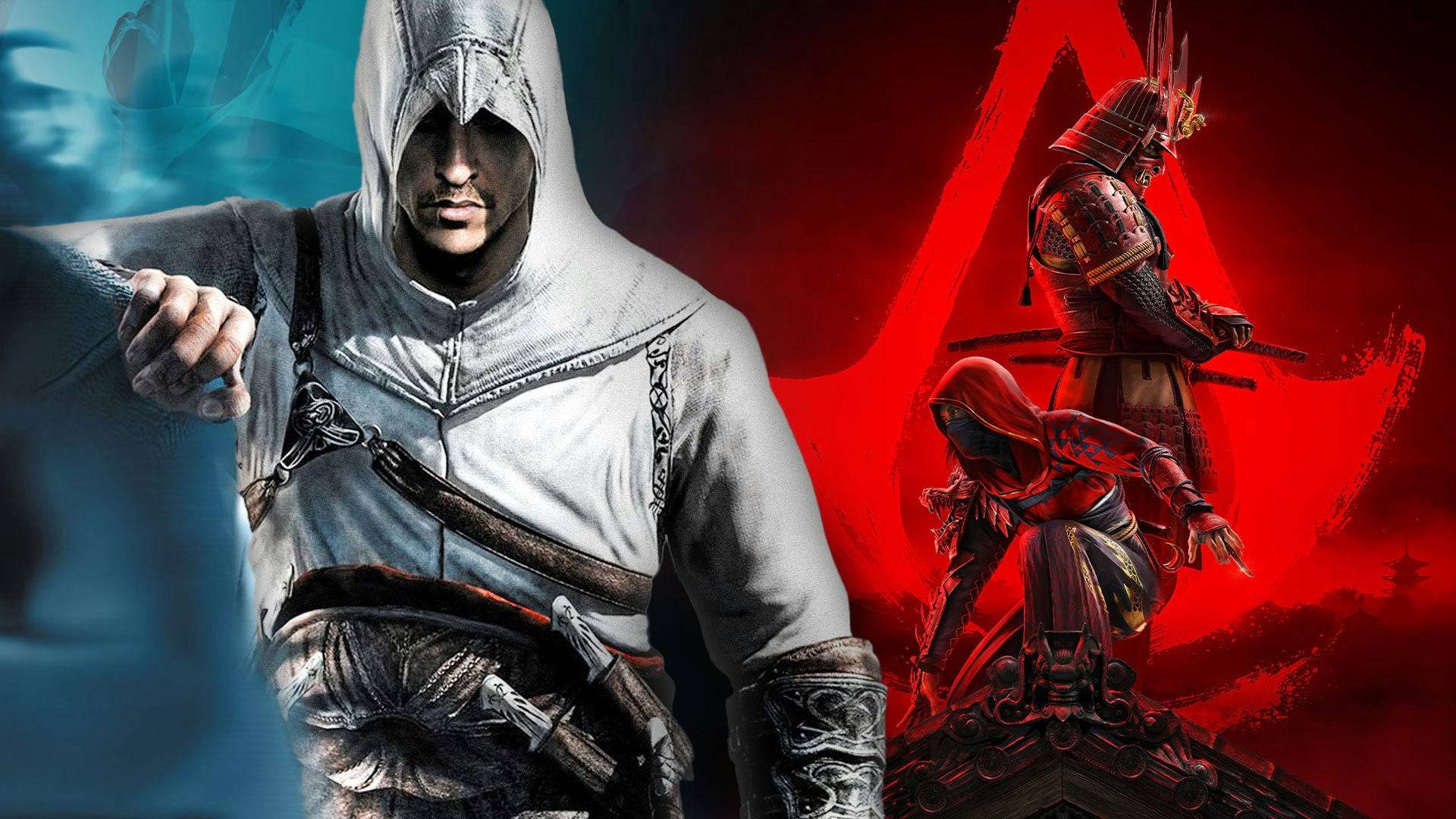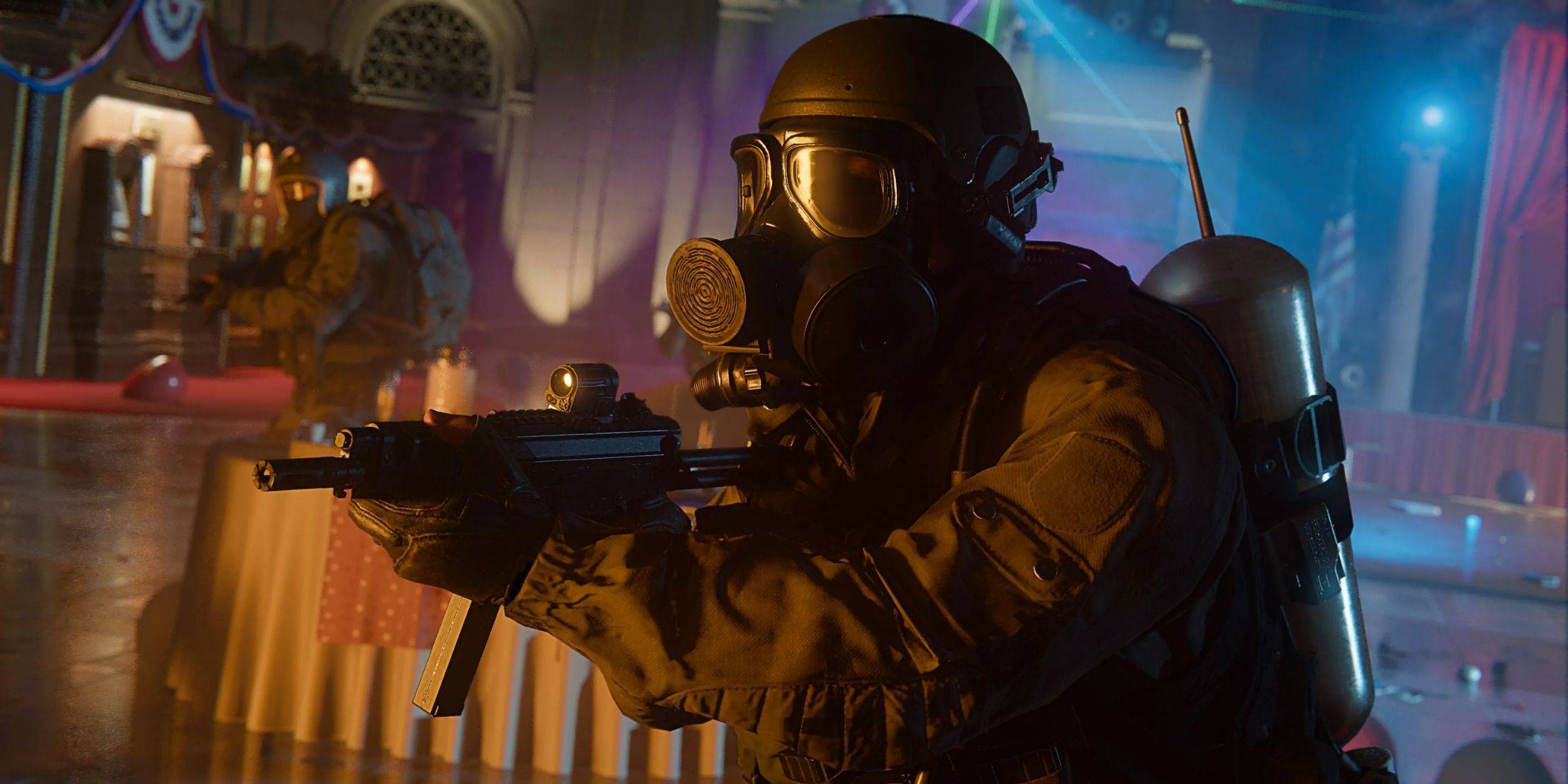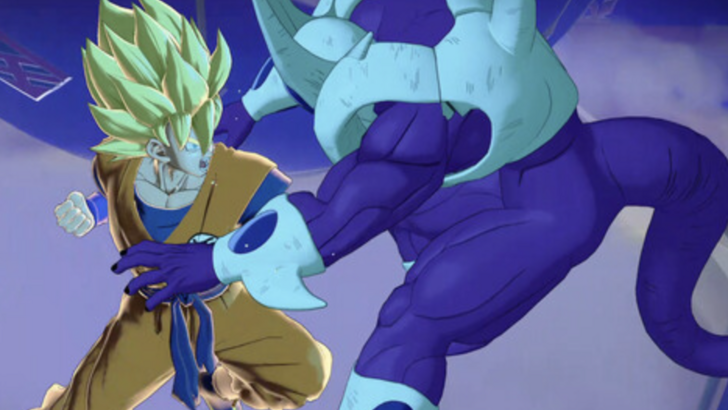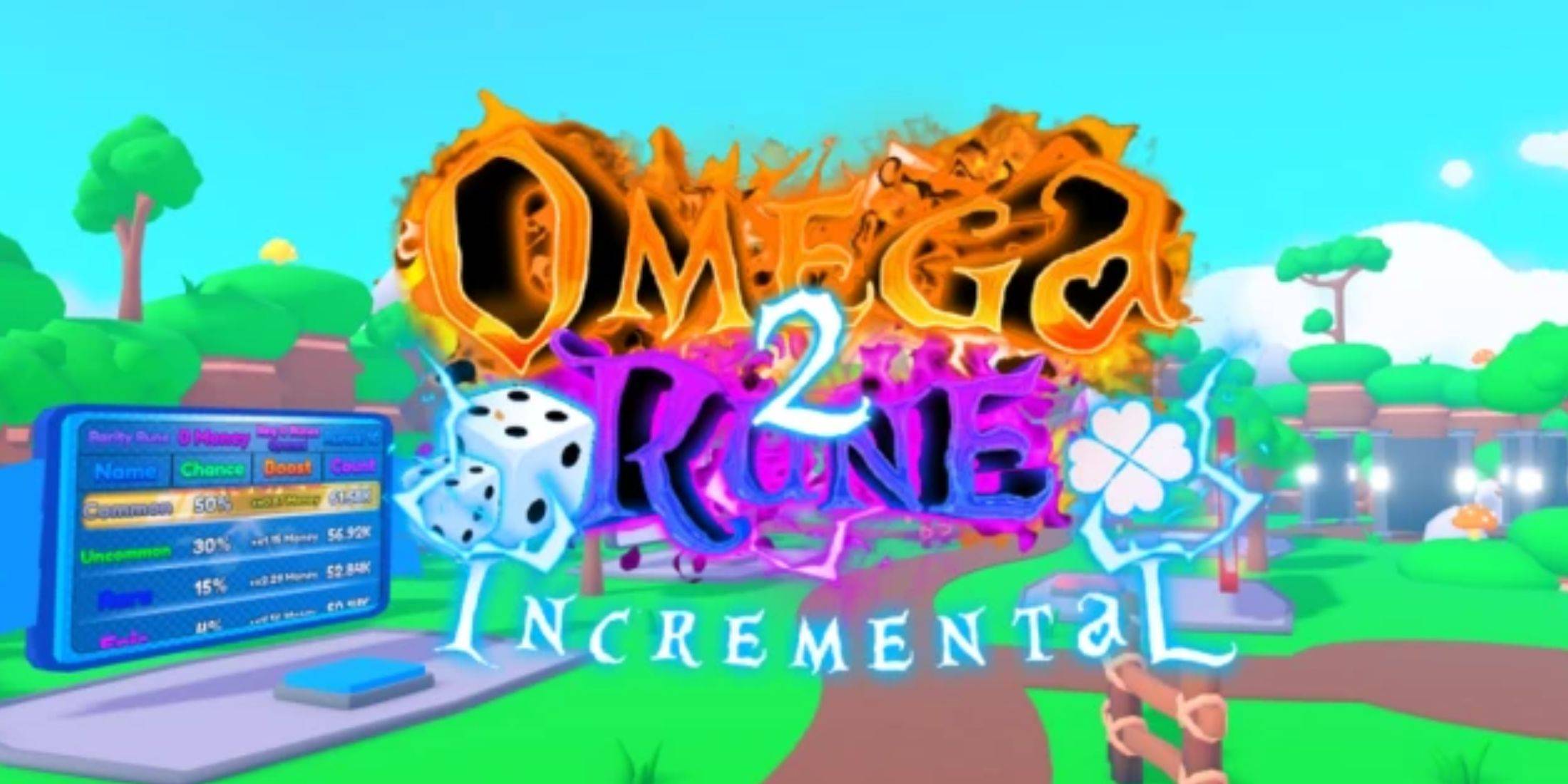Analysts on Nintendo Switch 2 Pre-orders: 'Unhinged Times' Due to Tariffs
- By Sebastian
- May 16,2025
This week has been a rollercoaster for U.S. gamers, starting with the exciting full reveal of the Nintendo Switch 2 and its lineup of games, only to be overshadowed by the $450 price tag and $80 for Mario Kart Tour. The excitement quickly turned to confusion as Nintendo announced a delay in pre-orders to assess the impact of the Trump Administration's sudden, sweeping tariffs on global trade. These tariffs have left everyone wondering: will the Nintendo Switch 2 become even more expensive when pre-orders finally open?
We've previously explored the reasons behind the high cost of the Nintendo Switch 2 and the potential industry-wide impact of these new tariffs. However, the burning question remains: what will Nintendo do next? As a seasoned journalist, I typically consult a panel of expert industry analysts to get a consensus on likely outcomes, backed by data and evidence. This week, I've already done this twice, but the current situation has left even the most seasoned analysts stumped.
For the first time in my career, every analyst I spoke to was unable to confidently predict what would happen. Some suggested Nintendo might raise prices, while others thought they might not. But all agreed that the current global economic situation is unprecedented and rapidly evolving, making it impossible to predict Nintendo's, Trump's, or anyone's next move with certainty.
Sky-High Switch
Among those predicting a price increase is Dr. Serkan Toto, CEO of Kantan Games. Initially, he believed it was too late for Nintendo to raise prices after the initial announcement, but the delay in pre-orders has changed his perspective. He now thinks Nintendo may have no choice but to raise prices for the system, games, and accessories.
"It is very difficult to predict, but Nintendo will likely take a few days to run simulations and then announce hikes, not only for the system itself but also games and accessories," Toto said. "I hope I am wrong, but if sustained, these sky-high tariffs leave them no choice. Would you be surprised now to see Switch 2 hit US$500 for the base model? I wouldn't."
Toto also questioned Nintendo's timing, wondering why they didn't wait for the U.S. to resolve the tariff situation before announcing the pricing.
Mat Piscatella, senior analyst at Circana, echoed Toto's sentiment but emphasized the unpredictability of the situation. He believes that the breadth and depth of the tariffs caught everyone off guard, including Nintendo, which likely had different assumptions when setting the initial price.
"Every reasonable and responsible business that relies on international supply chains will be reevaluating its US consumer pricing at this point. They have to," Piscatella stated. He noted that historically, some regions have faced higher video game prices, and the U.S. might join them due to these tariffs.
Manu Rosier, director of market analysis at Newzoo, predicts that hardware prices will increase due to the tariffs, but believes software prices might be less affected due to the growing dominance of digital distribution.
"While physical versions might be subject to tariffs, the growing dominance and lower cost of digital distribution would likely limit any broader effect," Rosier said. "Regarding hardware, however, the situation is more sensitive. If a 20% tariff—or any substantial increase—were to be introduced, it’s unlikely that companies like Nintendo would absorb the additional cost by cutting into their margins. In such cases, the burden could shift to consumers in the form of higher retail prices."
Holding the Line
On the other hand, Joost van Dreunen, NYU Stern professor and author of SuperJoost Playlist, believes Nintendo will try to avoid raising prices. He suggests that the volatility from the Trump tariffs was already factored into the Switch 2's $449.99 pricing, and that Nintendo has restructured its supply chain to mitigate such risks.
"I believe the volatility from the Trump tariffs was already considered in the Switch 2's $449.99 pricing," van Dreunen said. "Given the first Trump administration's impact, Nintendo, like other manufacturers, has since restructured its supply chain to mitigate such geopolitical risks. Historically, Nintendo has aimed for a launch price around the $400 mark, adjusted for inflation, suggesting that the current price already reflects an anticipation of potential economic challenges stemming from ongoing trade disputes."
However, he acknowledges the unpredictability of the tariff decisions, particularly those affecting Vietnam, and suggests that Nintendo might need to find ways to absorb or offset additional costs if the trade situation worsens.
Piers Harding-Rolls, games researcher at Ampere Analysis, agrees with van Dreunen, warning that raising prices further could lead to consumer backlash. He believes Nintendo is in a difficult position, having already announced the launch price.
"The extent of the tariffs and its impact on Vietnamese exports are really bad news for Nintendo," Harding-Rolls said. "The company is now in between a rock and a hard place, having already announced the launch price. I have already suggested that the pricing would stay as announced until 2026 at the earliest but then might be adjusted if the tariffs stay in place. This delay in pre-orders is to give the company more time and it will be hoping some sort of solution will be found over the next few weeks. This is a pretty fluid situation after all. Nintendo will not want to change the price having announced it, but I think everything is on the table now. If the pricing does change, it will impact the brand and the US consumer’s view of the product at launch. I don’t think that will put off loyal fans, but it might put off broader consumers who will take a wait-and-see approach. That’s particularly important during its first holiday season."
Living in Unhinged Times
Rhys Elliott, games analyst at Alinea Analytics, predicts higher prices for both Nintendo hardware and software due to the tariffs. He references his previous comments on Nintendo's strategy of offering cheaper digital editions in certain markets as a way to encourage digital purchases.
"It seems the lower prices in other markets were to nudge Switch 2 buyers to digital, as I mentioned my comments to IGN about Mario Kart World’s pricing. Nintendo might have wanted to do something similar in the US, but the tariff situation is so chaotic that Nintendo was in ‘wait and see’ mode — and decided to hedge its bets to see if it needed to offset the tariffs," Elliott explained.
Elliott also painted a grim picture of the broader impact of these tariffs on the gaming industry, aligning with warnings from the Entertainment Software Association. He believes the tariffs will result in a "weaker, poorer nation," with consumers ultimately bearing the cost.
"Some manufacturers – Nintendo included – have been shifting their manufacturing to non-tariff-impacted markets," Elliott said. "And even if companies can afford to switch up (no pun intended!) their supply chains, who knows which markets will get tariffs next – as recent news supports. Companies cannot just lift up their whole supply chain and move everything to the US. It’s just not logistically possible. Under current law (I can’t believe I have to qualify this, but here we are), Trump would not be in power anymore by the time such a move would be completed – for Nintendo and other manufacturers. We are living in … there’s no other word for it .. unhinged times driven by an unhinged man (and other forces)."
Elliott further criticized the tariffs for their negative impact on U.S. consumers during a cost-of-living crisis, calling them deplorable for gamers and the gaming industry. He argued that tariffs harm the economy and contradict the core principles of international trade theory, which emphasize comparative advantage and efficient production.
Nintendo Switch 2 System and Accessories Gallery
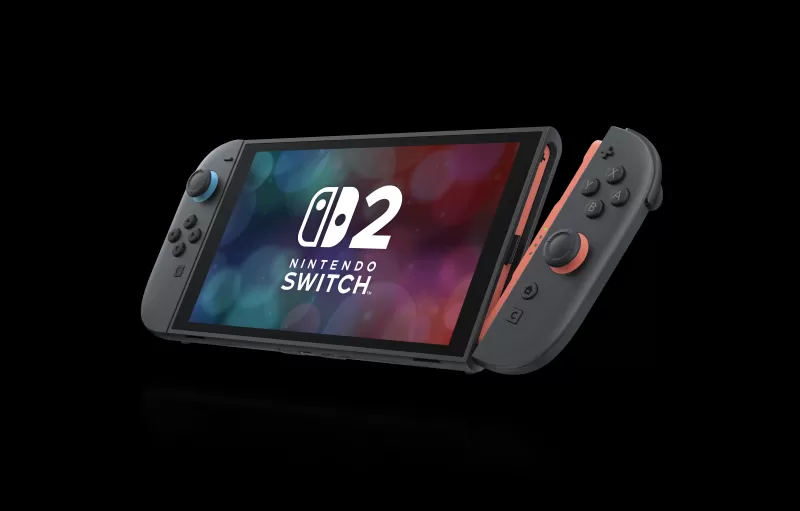
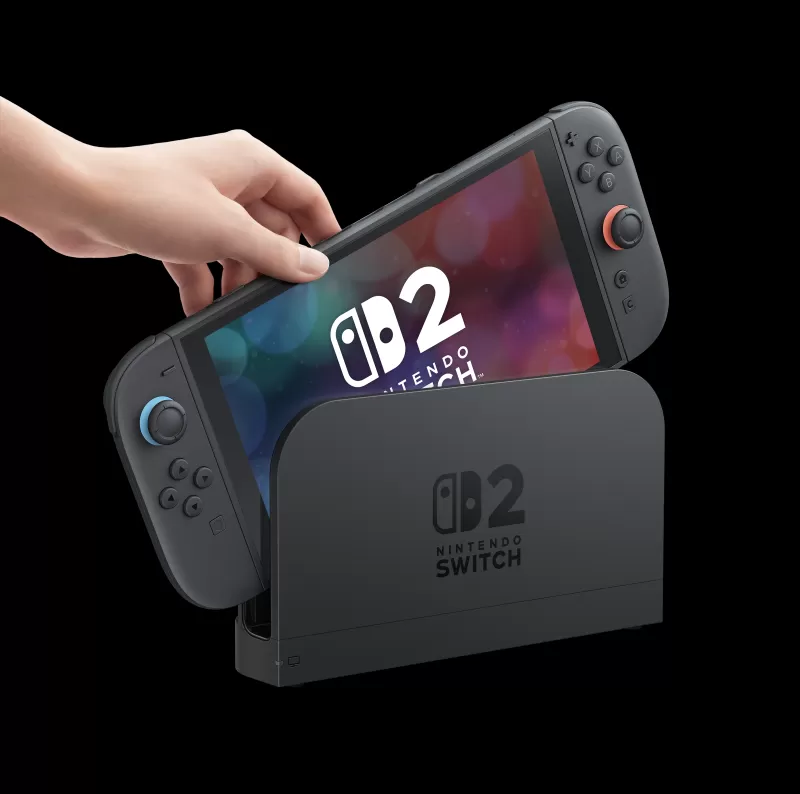 91 Images
91 Images

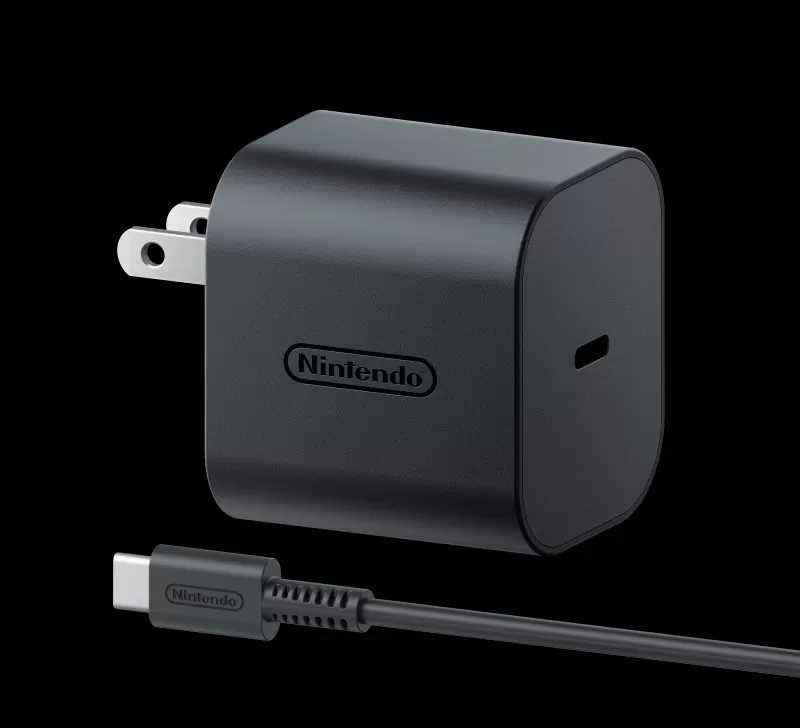

Latest News
more >-

- Fist CCG Duel Best Heroes in 2025
- Dec 21,2025
-
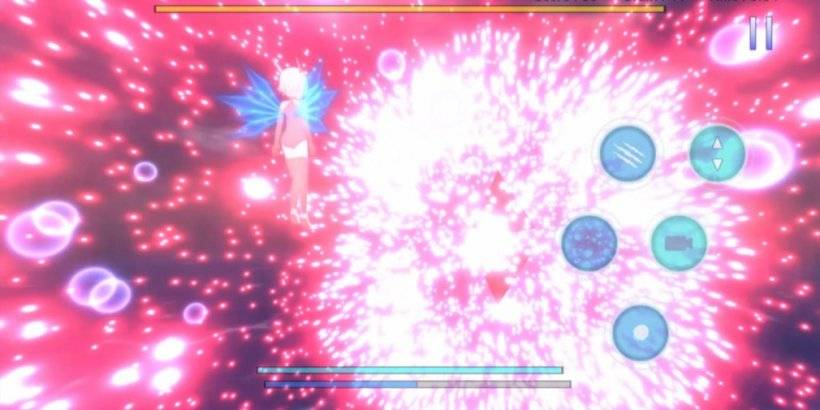
-
-

-
